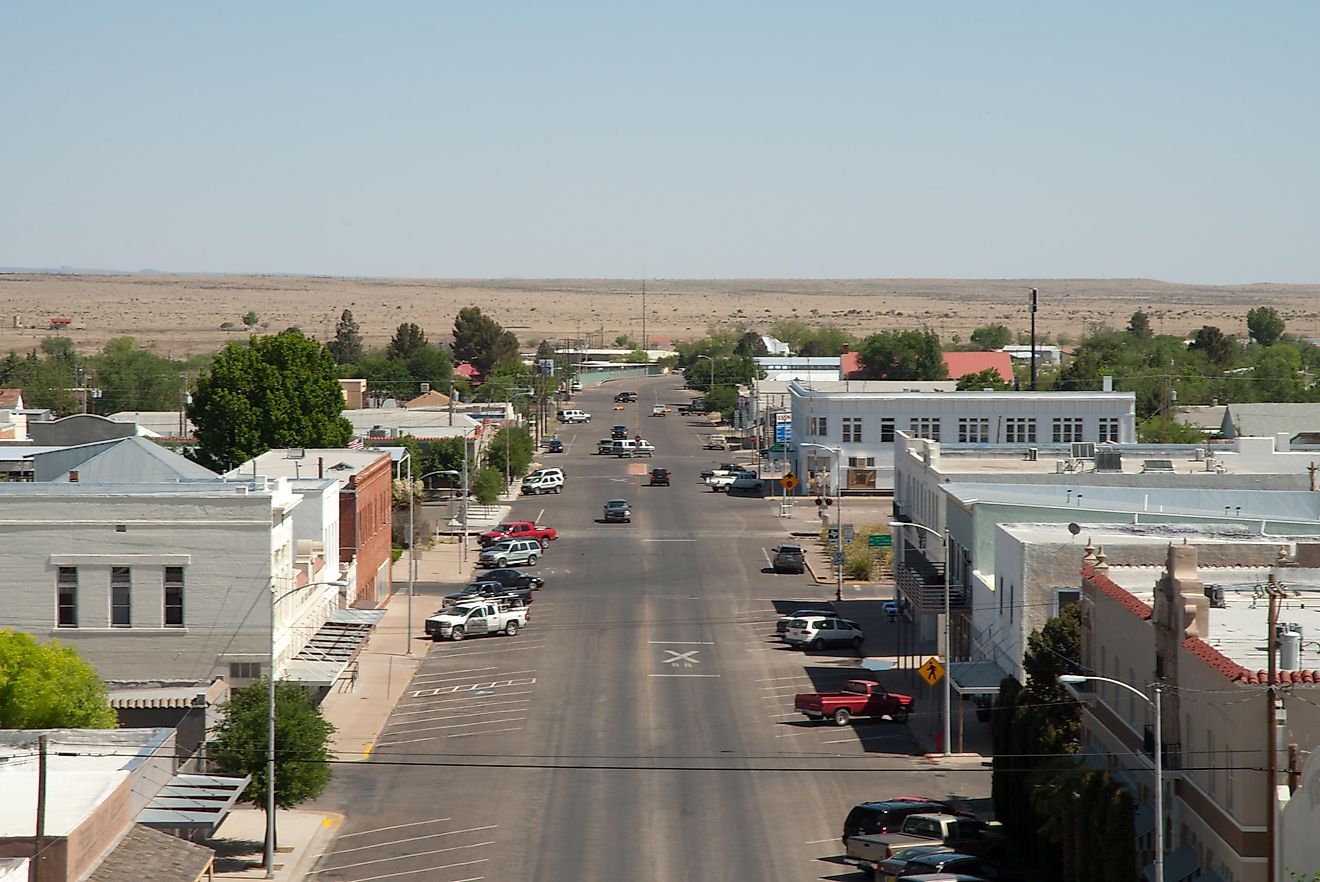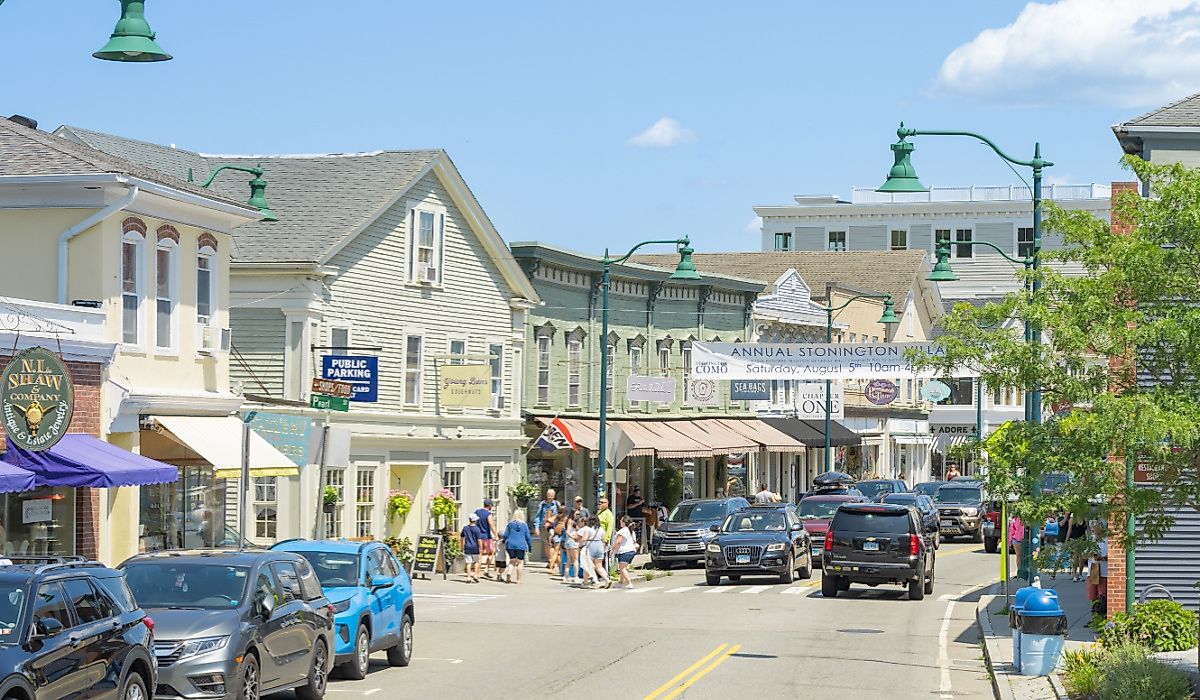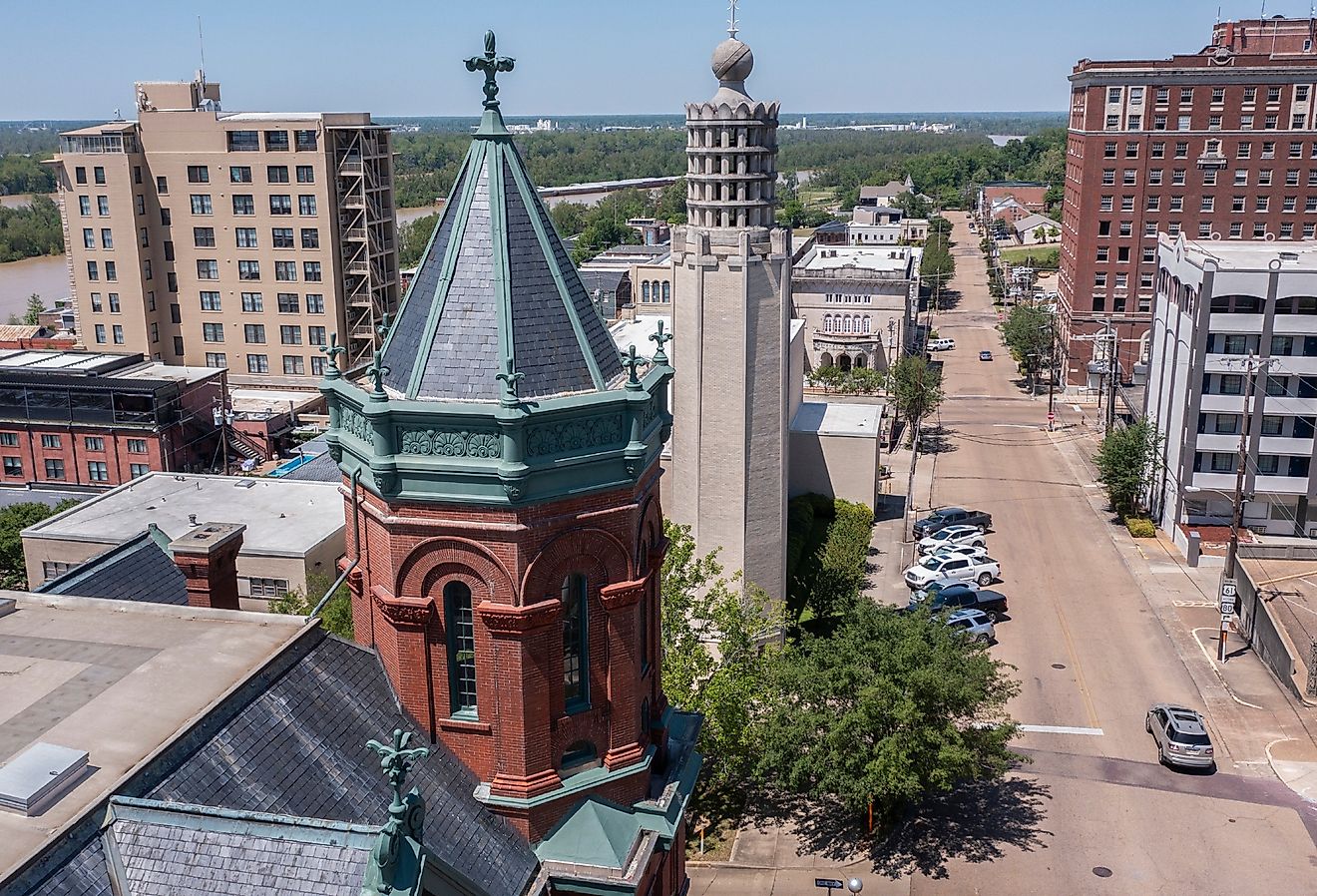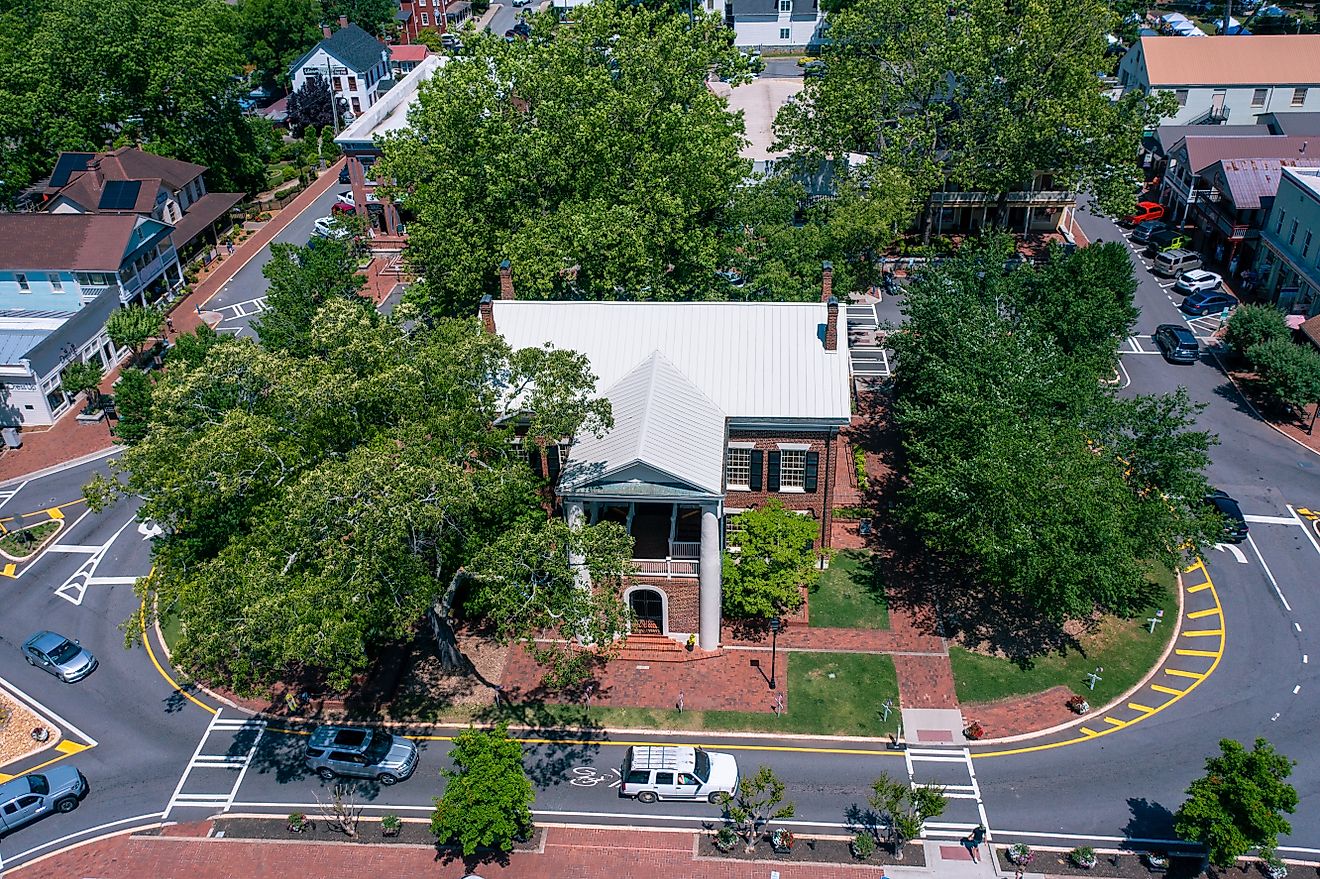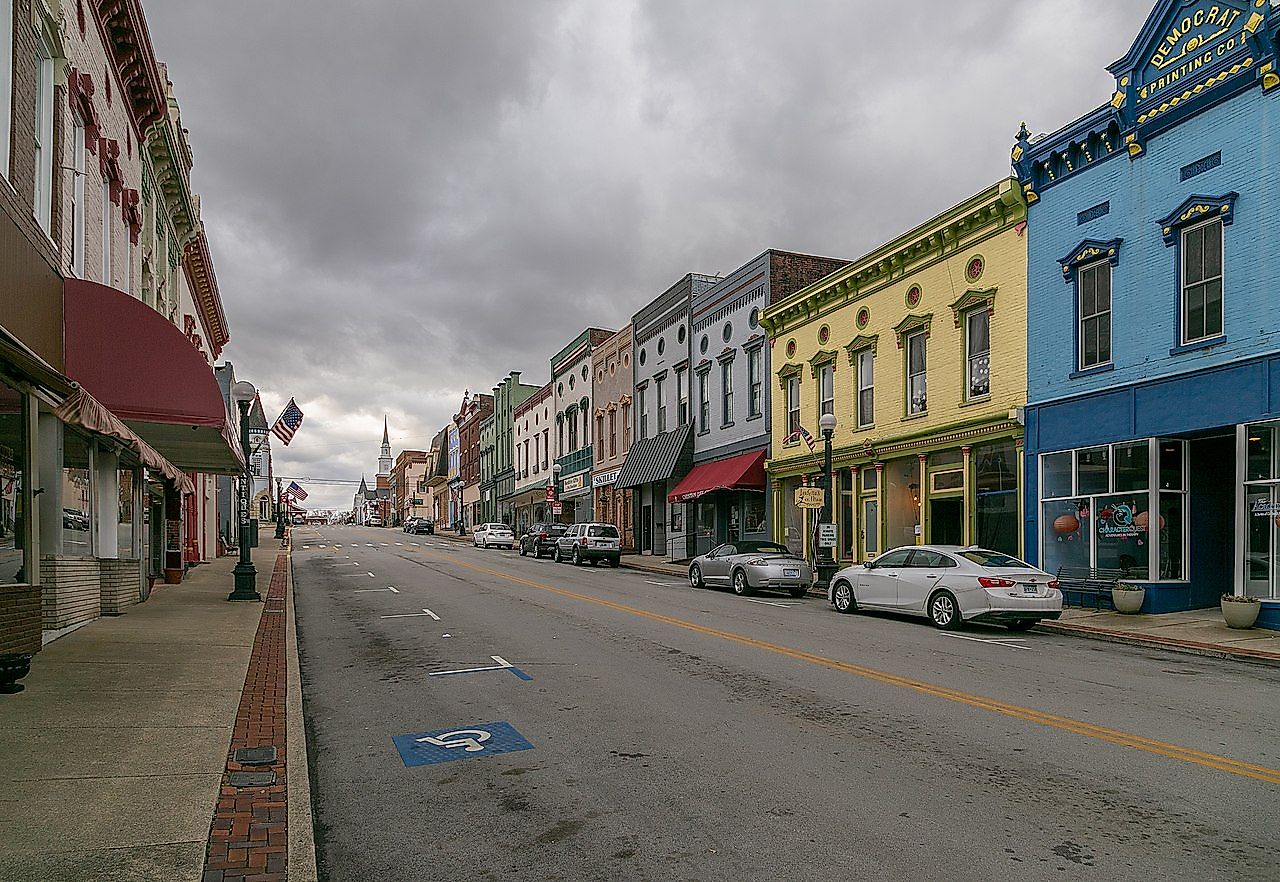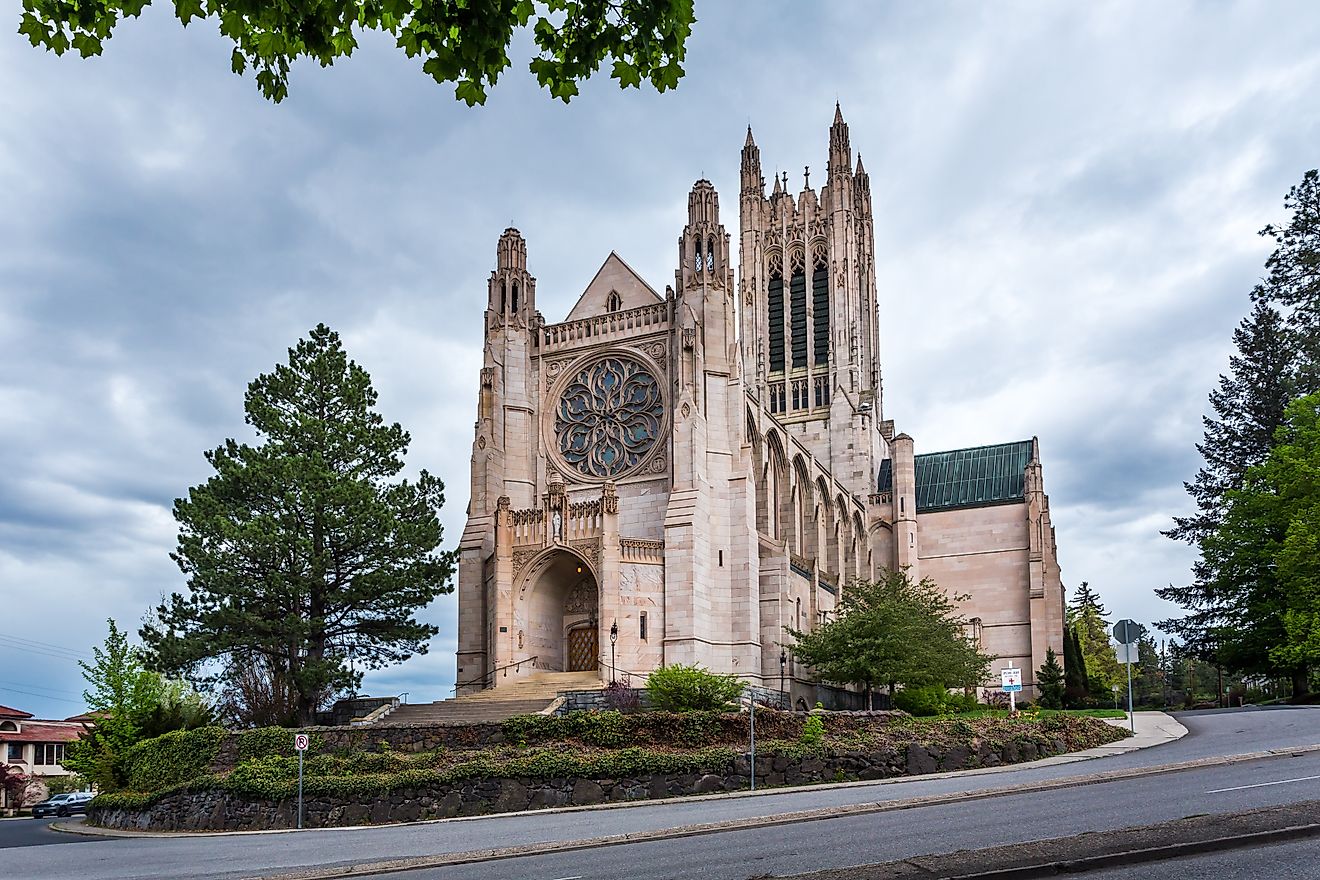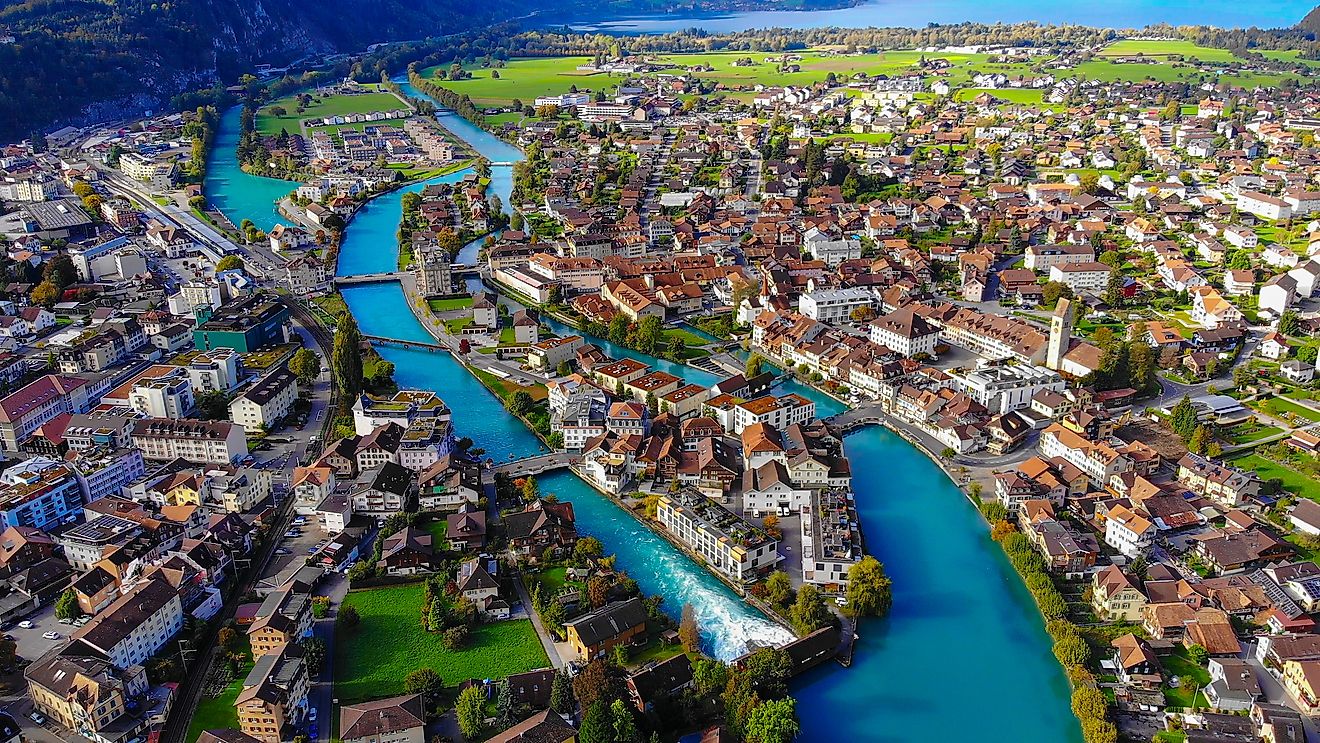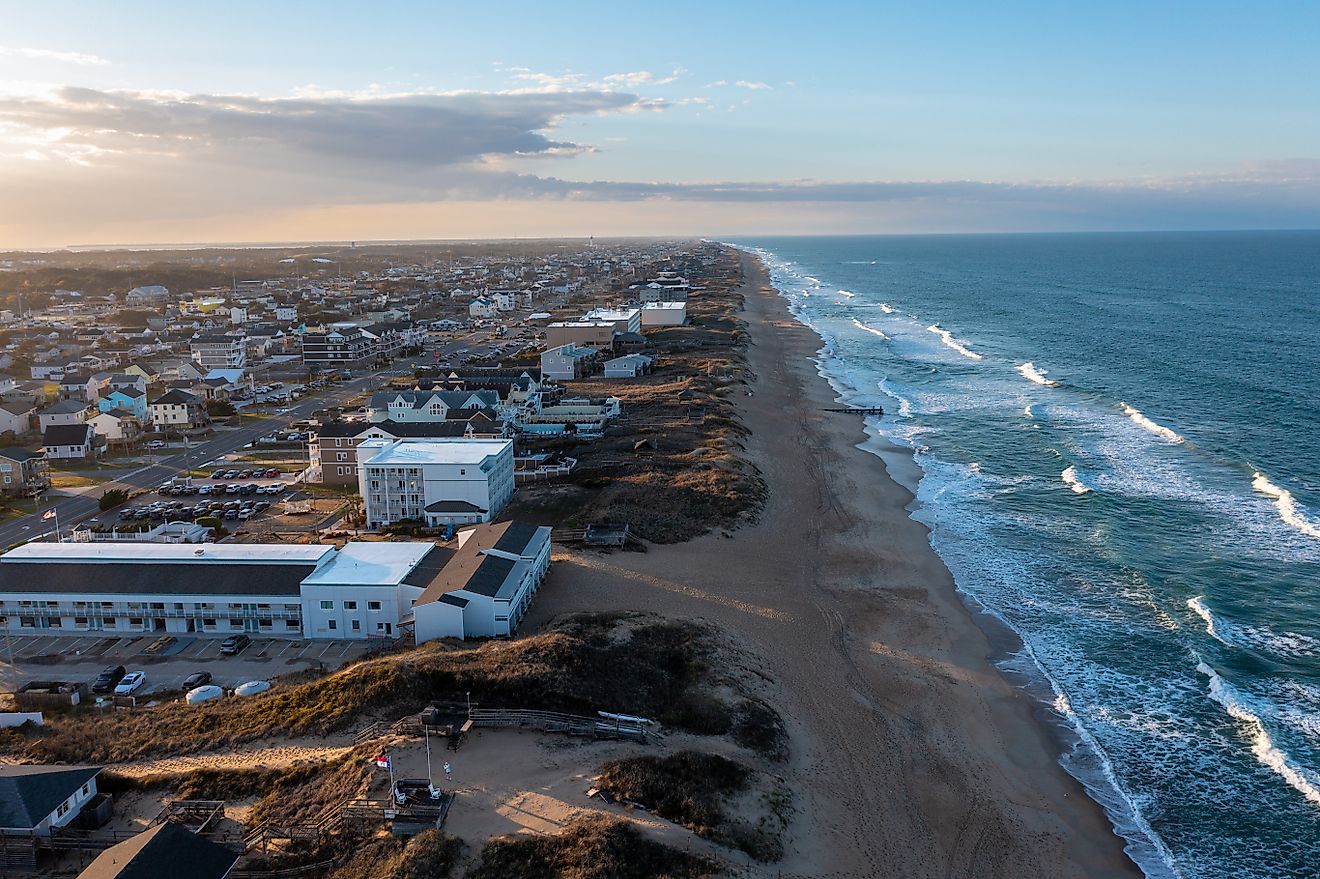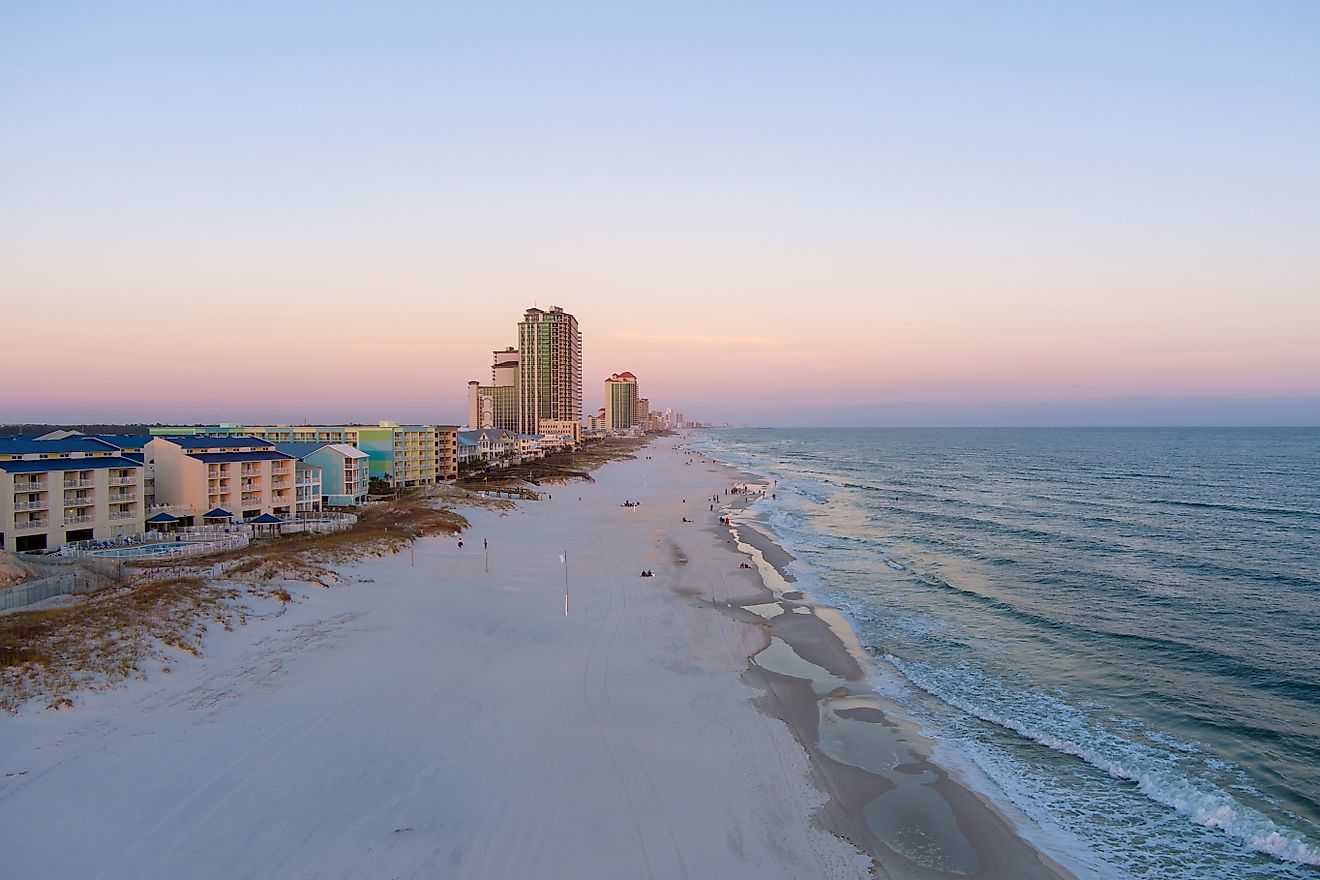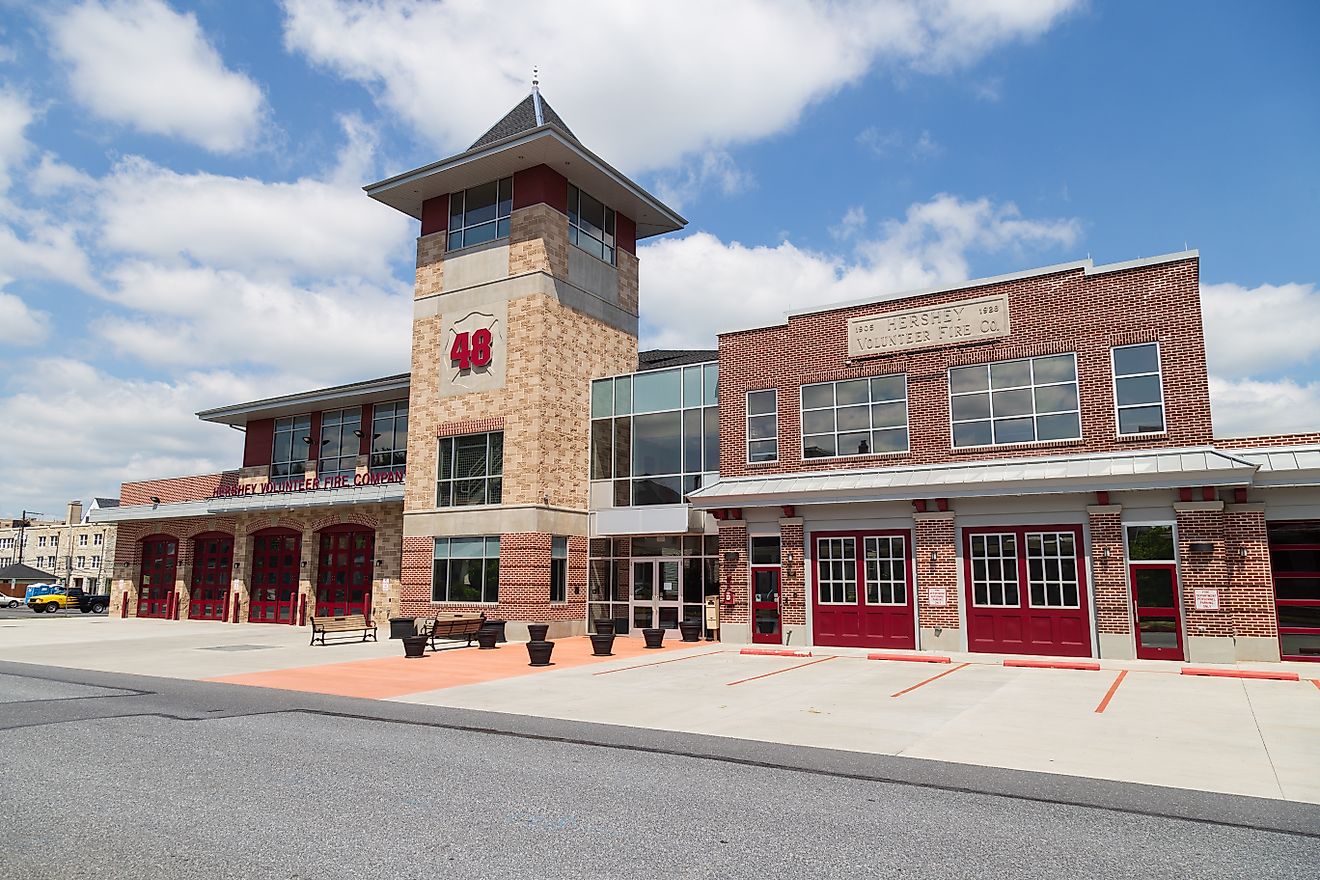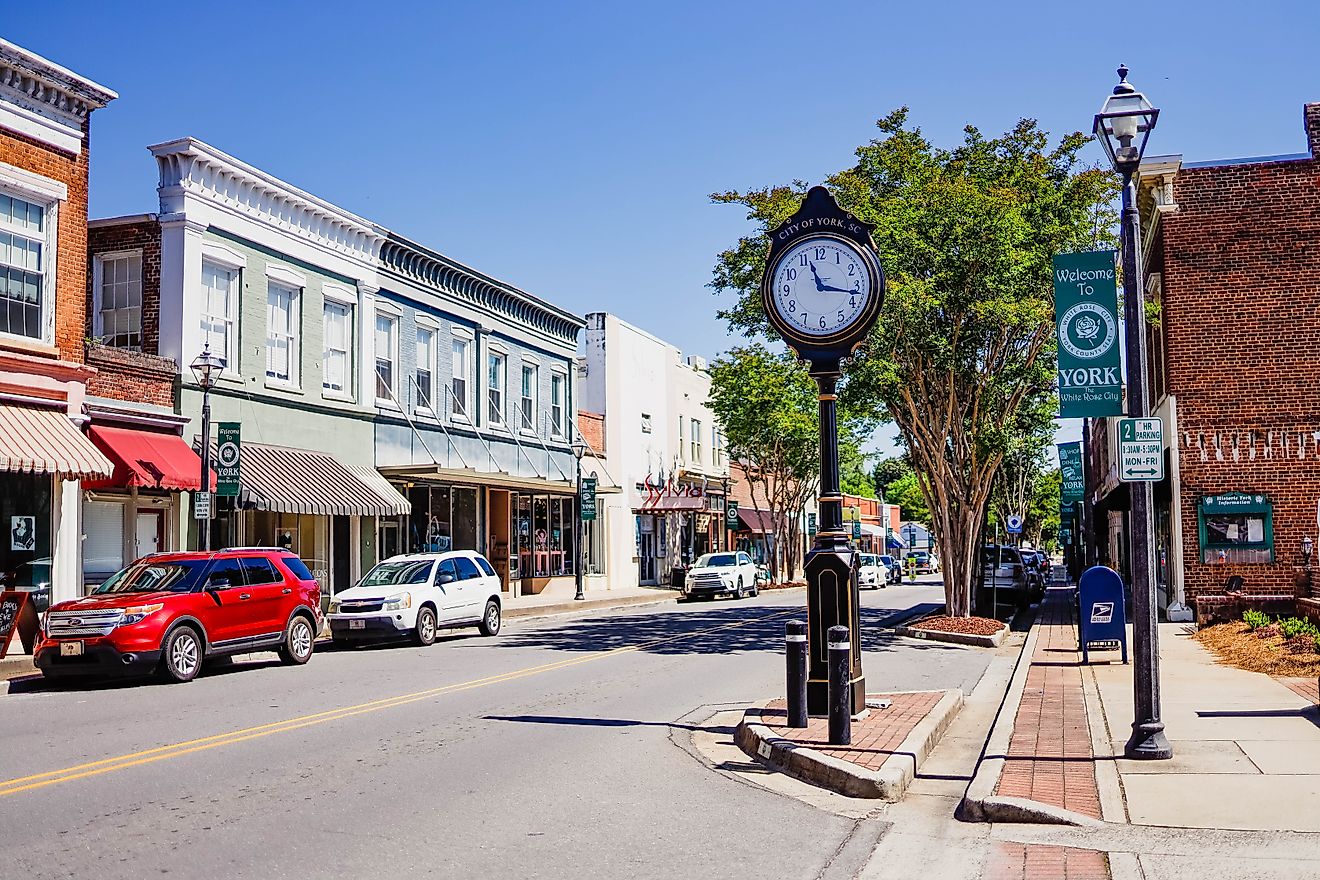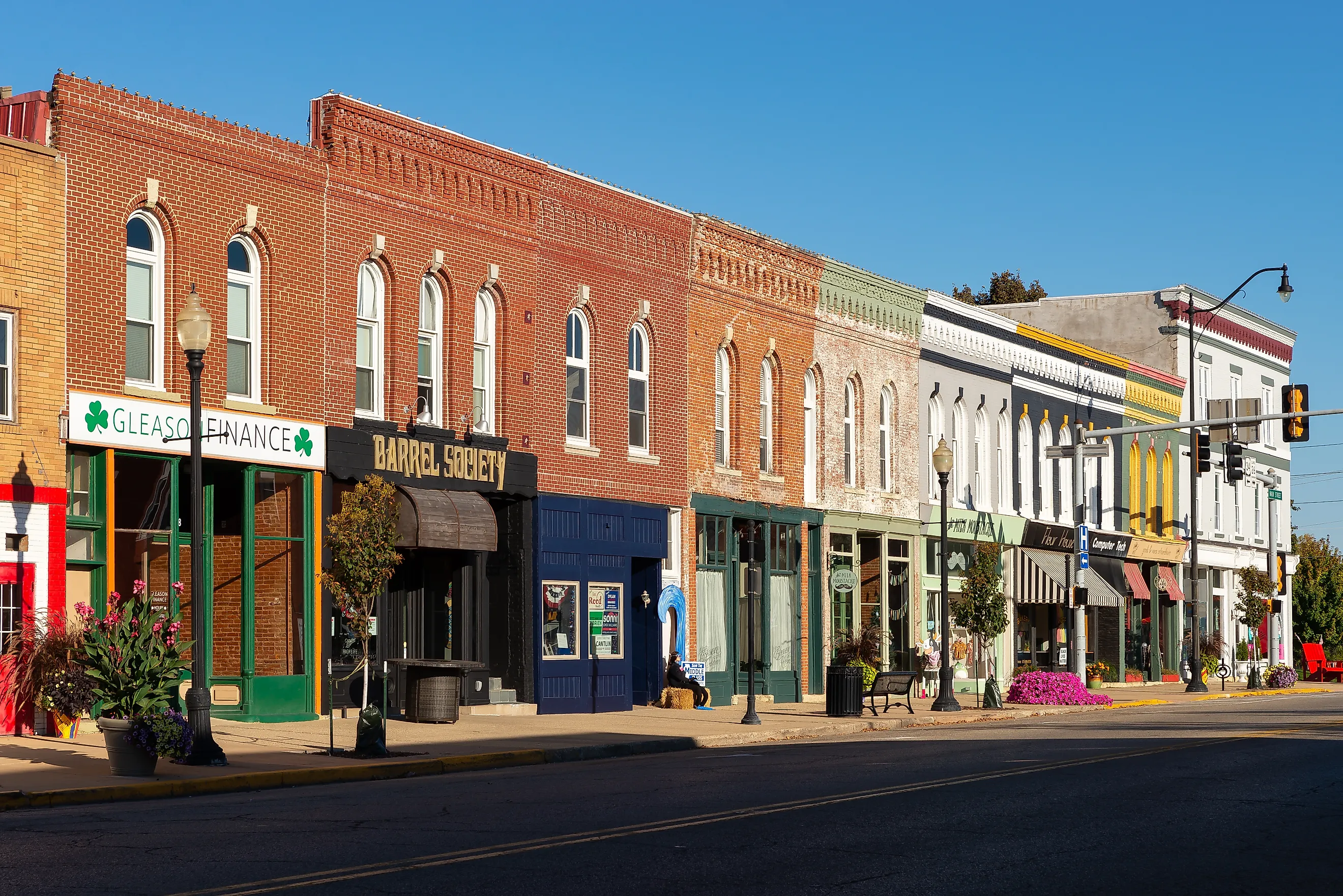
7 Best Places To Call Home In Illinois In 2025
For those looking to settle down in a quieter, more affordable part of Illinois, smaller towns across the state are drawing attention in 2025. These places strike a thoughtful balance between livability and cost, offering unique experiences, whether local festivals, access to parks and trails, or vibrant downtowns filled with local businesses. With populations under 50,000 and median home prices comfortably below the state average of $282,000, these towns prove you do not have to sacrifice comfort or community to live well. From the Washington Square Park of Ottawa to Effingham Farmer’s Market in Effingham and Zearing Park in Princeton, each town on this list is a standout choice for anyone looking to make a fresh start in the Prairie State.
Ottawa
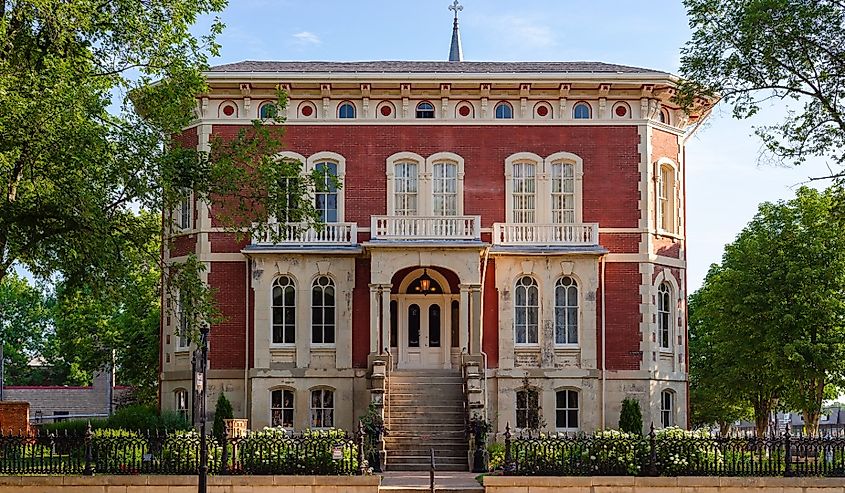
Ottawa, located along the Illinois and Fox Rivers, is a town where history, nature, and everyday convenience meet in a way that feels quietly remarkable. Known as the site of the first Lincoln-Douglas debate in 1858, it carries its historical legacy with pride, something you will see for yourself while strolling through Washington Square Park, where statues, monuments, and manicured gardens create a serene place to reflect or play a quiet game of chess. Allen Park is another favorite spot year-round, whether it is launching a boat, fishing off the dock, or taking a winter sled ride with the kids. And for something truly local and unusual, a short drive brings you to Volvo Island. In this quirky landmark, a lone Volvo S80 stands proudly on a tiny man-made island, a conversation starter for both newcomers and longtime residents.
With a median home price around $200,000 as of June 2025, well below the Illinois state median of $282,000, Ottawa makes it easier to own property while still enjoying a full and active lifestyle. Downtown is lively without being overwhelming, featuring small businesses, boutiques, and cafés framed by flower-filled planters and colorful hanging baskets. In addition, community connections matter here, and the Reddick Library plays a quiet but steady role in bringing neighbors together through programs, resources, and spaces designed to feel like a second home. To top it off, Ottawa is also a safe community, and it saw only 27 violent crimes in 2019, according to FBI data. This is far less than other communities like Murphysboro and Richton Park.
Effingham
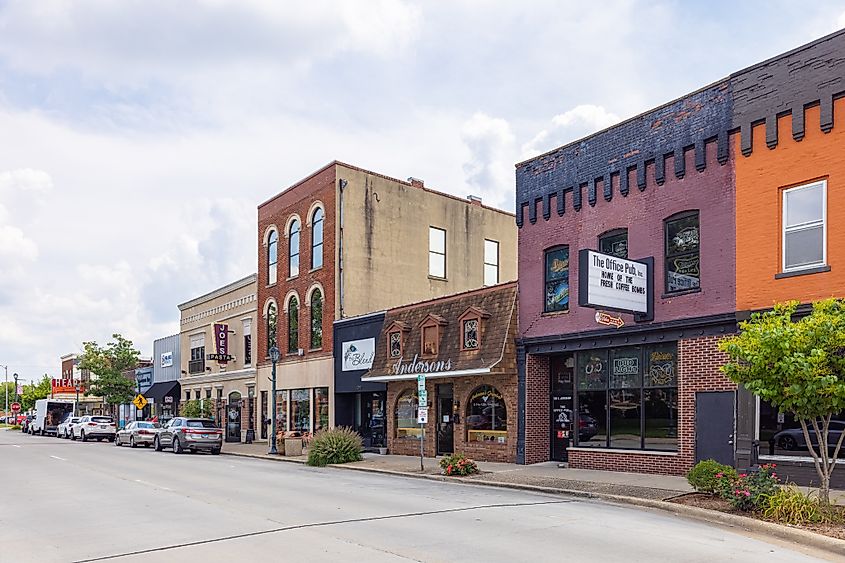
Effingham, with a population just over 12,000, is a welcoming town that pairs small-town charm with an unusually wide array of amenities. Known as “The Crossroads of Opportunity,” Effingham sits at the junction of Interstates 57 and 70, as well as major rail lines, making it far more connected than most towns its size. Families appreciate the variety of public and faith-based private schools in town. And with the median home price around $229,000, owning a house here is financially achievable.
This prime location brings an impressive range of restaurants, lodging, and local services typically found in much larger cities. The weekly Effingham Farmer’s Market draws residents for fresh produce, baked goods, handmade crafts, and live music around the gazebos, creating a true community gathering space. Outdoor spaces like Effingham City Park have recreational opportunities for all ages. At the same time, Tuscan Hills Winery serves as a go-to destination for music events, family celebrations, and quiet afternoons among the vines.
Jacksonville
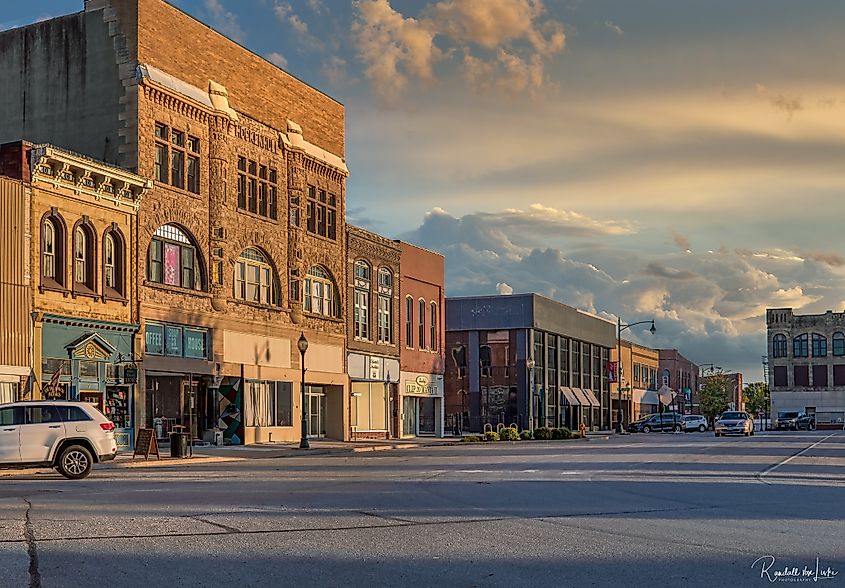
Jacksonville stands out as a peaceful and practical place to call home, where history, education, and everyday comfort come together. With a median home price around $134,000 as of June 2025, living here allows homeowners to enjoy a slower pace of life without financial strain. Healthcare is another strong point in town. Jacksonville Memorial Hospital provides a full range of medical services, giving residents peace of mind and easy access to care. Education is equally valued here, with Illinois College, one of the oldest institutions in the state, anchoring the city’s academic legacy and adding a vibrant campus presence to daily life.
The city’s downtown comes alive in December when the Farmers State Bank and Trust building transforms into the "World's Tallest Advent Calendar," lighting up the season with a charming display that draws people from all over. Additionally, Nichols Park, covering 86 acres, provides space for nearly every type of outdoor activity, from an Olympic-size pool and playgrounds to a golf course and picnic shelters large enough for extended family gatherings. It is a place where both quiet walks and energetic games happen side by side. To add to this, Art lovers can visit the David Strawn Art Gallery, where exhibits, classes, and workshops are hosted in a beautifully maintained historic building. For a uniquely Jacksonville experience, families often make time for a ride on the Big Eli Ferris Wheel, an original still standing and running in Community Park during the warmer months.
Mount Vernon
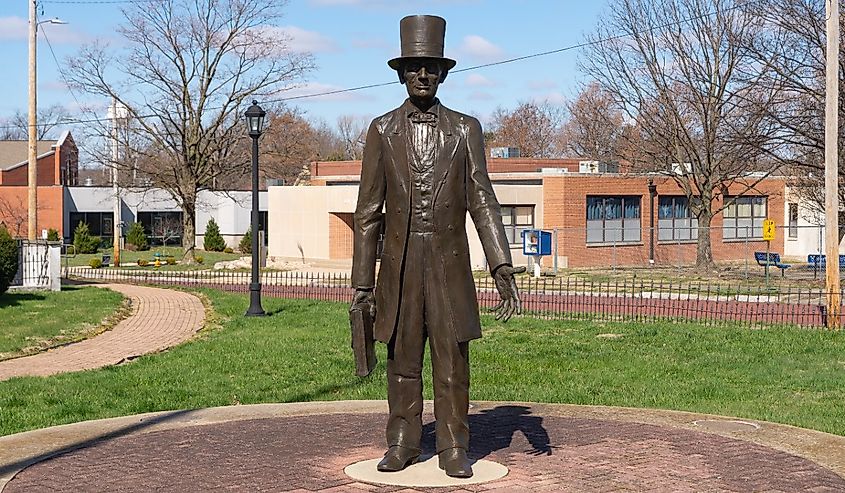
Mount Vernon welcomes residents with a strong sense of culture and connection. With a population of around 14,500 and home prices averaging just $119,000, it is a place where owning a home does not come with overwhelming costs, freeing up time and resources to enjoy life. The heart of the city lies in its appreciation for the arts. The Cedarhurst Center for the Arts spans 90 acres and serves as a hub for creativity. Locals enjoy art classes in ceramics, painting, quilting, and stained glass, while live music and special events bring people together throughout the year. In September, the Cedarhurst Craft Fair draws crowds to its scenic grounds with handmade goods and artisan work.
Downtown Mount Vernon stays lively with Market Days, held on the first Saturday of the month from April through October. These open-air gatherings give neighbors a chance to browse local goods, share stories, and enjoy a small-town atmosphere that feels welcoming and real. And right in the heart of downtown, the C.E. Brehm Memorial Public Library, built in 1904, continues to be a quiet anchor for readers, researchers, and lifelong learners.
Quincy

Quincy, often called the “Gem City,” shines with a character that is both artistic and grounded. With a median home price around $173,000, it is easy to see why this Mississippi River city stands out as a rewarding place to call home. Art and culture have long been part of Quincy’s identity. The Quincy Society of Fine Arts, founded in 1947, was the first community arts council in the nation and still drives the city’s creative spirit. The town hosts a variety of events throughout the year, from the colorful Dogwood Parade and festival in early May to the lively Q-Fest in the summer and the Art Fest & Folk Life Festival in October. Even when the streets aren’t bustling for an event, Washington Park anchors many public celebrations and also hosts farmers' markets and concerts.
Quincy’s commitment to wellness and recreation runs deep. The Quincy YMCA and the Salvation Army Kroc Center provide spaces for swimming, exercise, and group activities, while dance and yoga studios around town support healthy routines. With quality healthcare available at Blessing Hospital and Quincy Medical Group and reliable local transportation provided by Quincy Transit Lines, the city supports both convenience and care.
Princeton
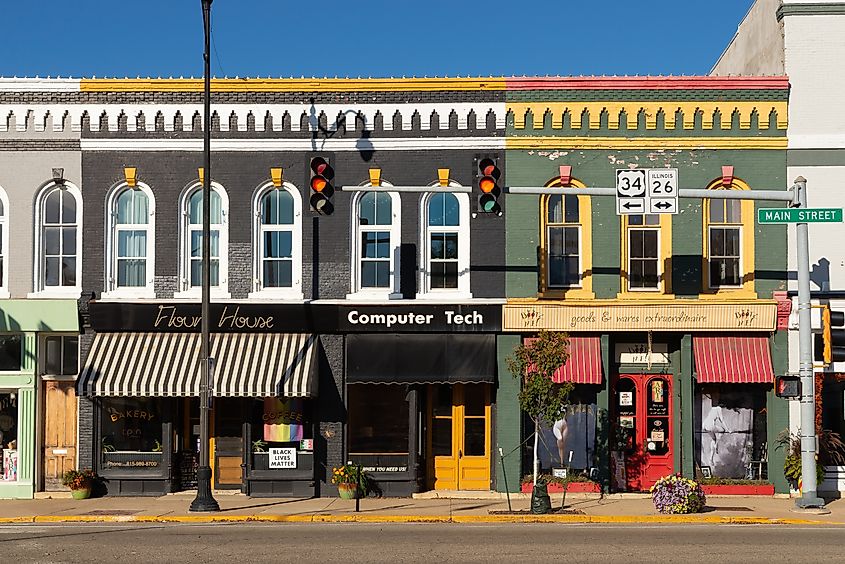
In Princeton, every corner feels like it was made for slowing down and savoring life. The town’s downtown is full of locally owned shops and restaurants. The Apollo is the city’s only movie theater, anchoring a walkable south-end historic district that includes the courthouse, public library, and Bureau County Historical Society. Head north to The Art District to find upscale boutiques, a restored hotel, and Princeton’s historic Amtrak depot, adding to the town’s small-town appeal with a creative touch.
Community events bring people together throughout the year, with the Homestead Festival standing out each September. From the popular pork chop barbecue to local music, kids’ activities, craft vendors, and a large parade, it is a celebration that feels like home. Princeton is also a place where education and history matter, home to the state’s oldest township high school and the 1838 Owen Lovejoy House, which honors the legacy of a noted abolitionist. With median home prices around $164,000, Princeton is not just a picturesque town but a practical and affordable place to put down roots. Moreover, with no cases of robbery in 2019, residents don’t need to worry about keeping valuables at home.
Macomb
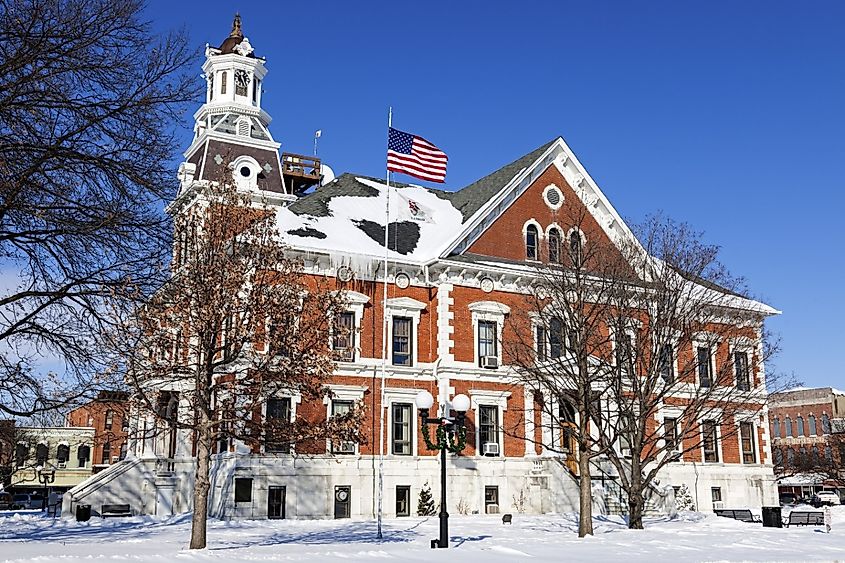
Macomb is a college town with a relaxed pace and a strong homely vibe. Home to around 15,000 residents, this western Illinois city hosts Western Illinois University, bringing educational and cultural opportunities year-round. From university concerts to community lectures, there is always something enriching to experience. Local life is grounded in tradition, like the McDonough County Fair, a weeklong summer event featuring animal exhibitions and classic fair activities that bring neighbors together. The historic Bailey House, built in 1887, stands as a reminder of Macomb’s architectural heritage, while the Macomb Public Library continues to serve as a valuable resource for lifelong learning.
For more outdoor enjoyment, Spring Lake Park has recently reopened with upgraded camping areas, inviting residents to reconnect with nature just minutes from home. Healthcare is close at hand through McDonough District Hospital, making daily life both safe and convenient. With median home prices hovering around $108,000, Macomb makes it easy to settle into a welcoming environment without financial strain.
Wrapping Up
Whether you are drawn to riverside charm, historic architecture, or a quiet place to garden and enjoy community events, these Illinois towns provide a welcome alternative to fast-paced city living. With median home prices well below the state average, each one allows retirees the financial breathing room to travel, invest in hobbies, or simply enjoy life without the stress of high housing costs. Scattered across every corner of the state—from the banks of the Mississippi to the rolling hills of central Illinois—these towns show that comfort, connection, and affordability can still go hand in hand.

